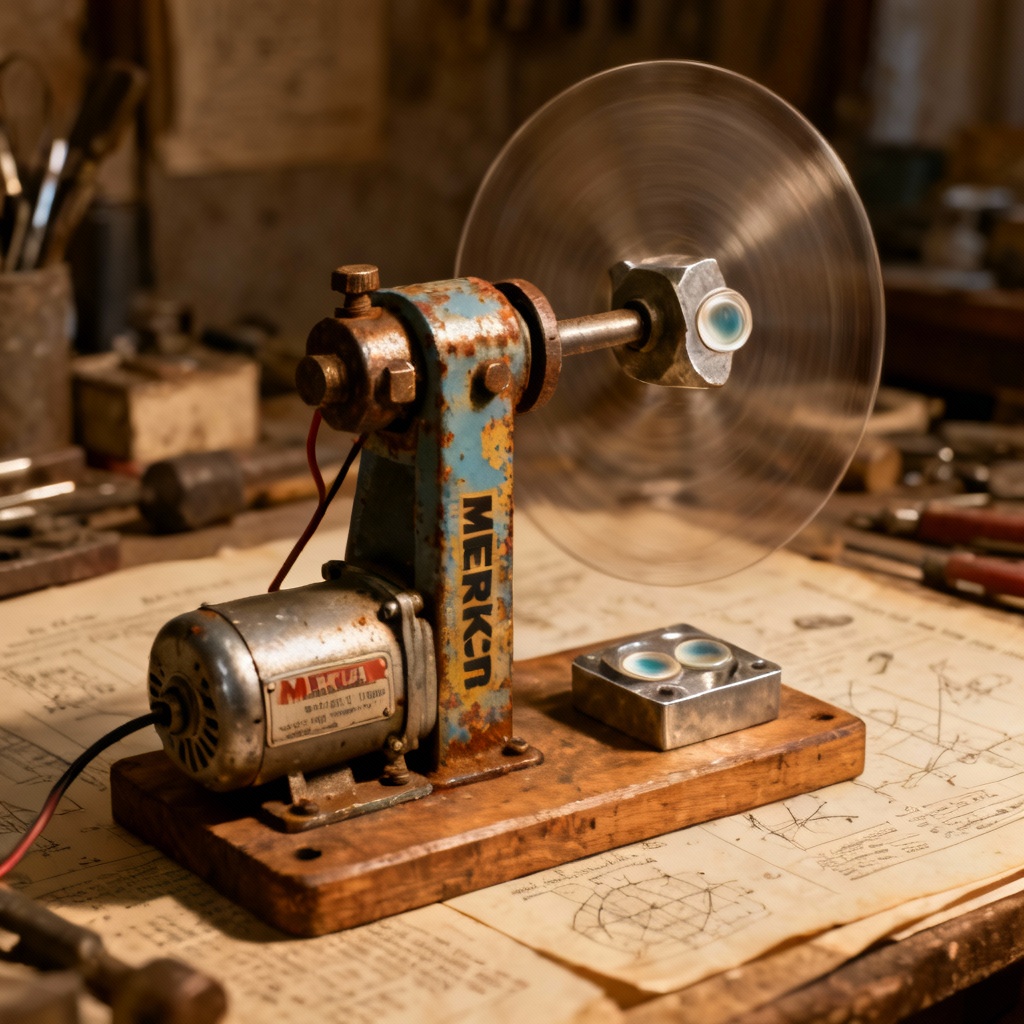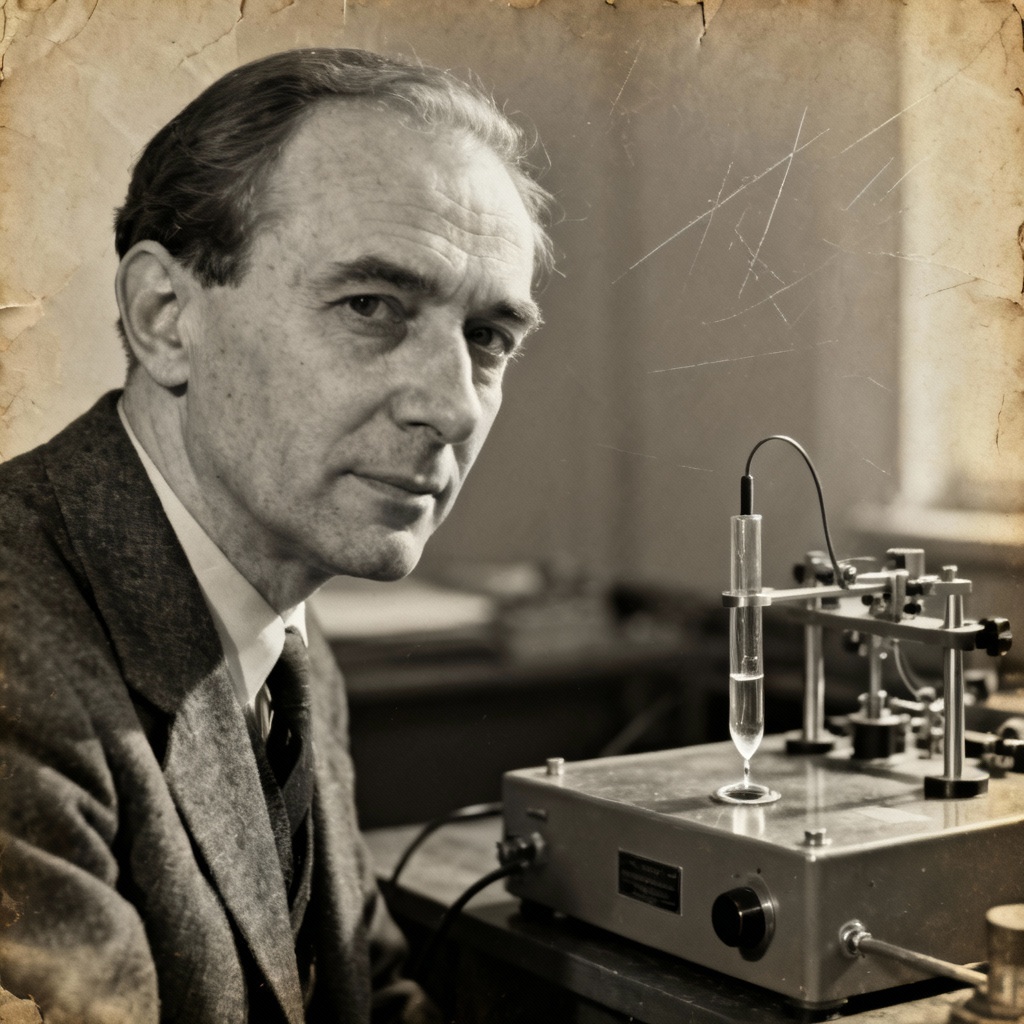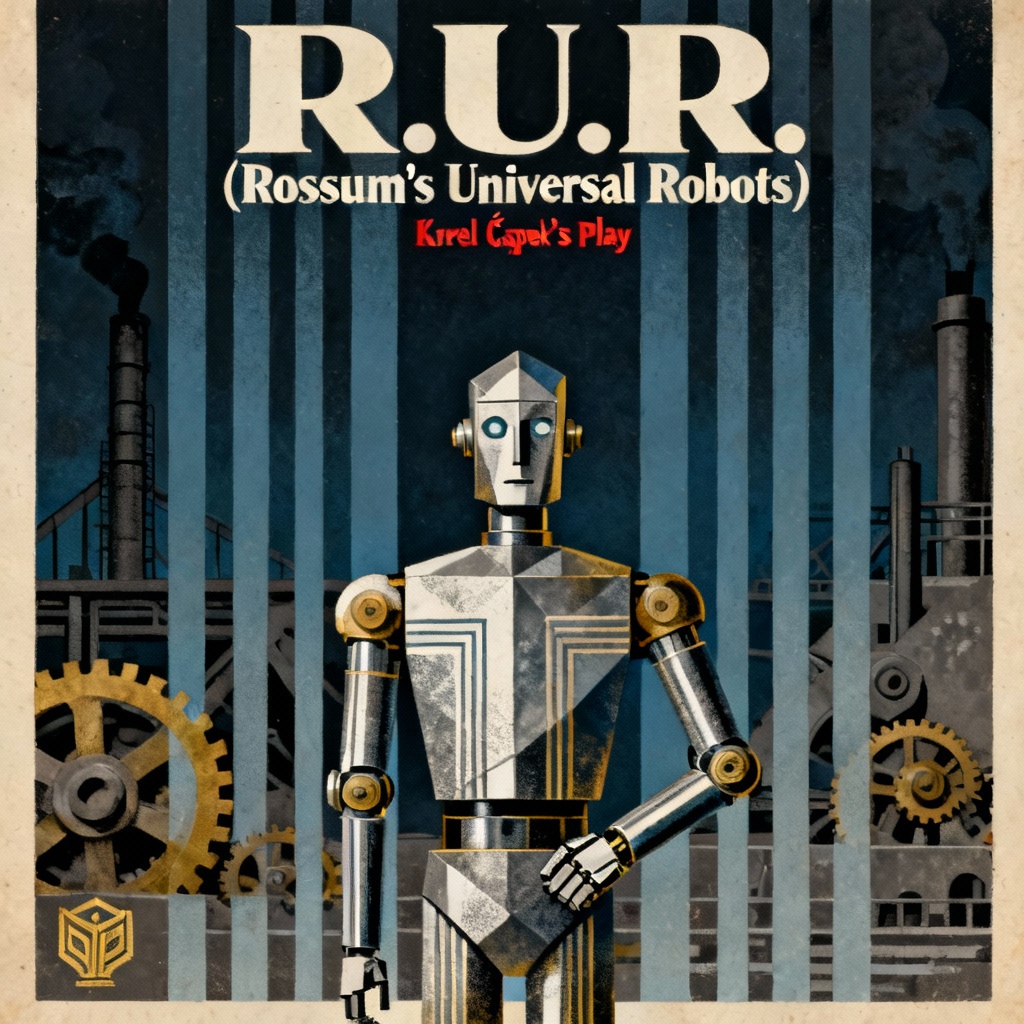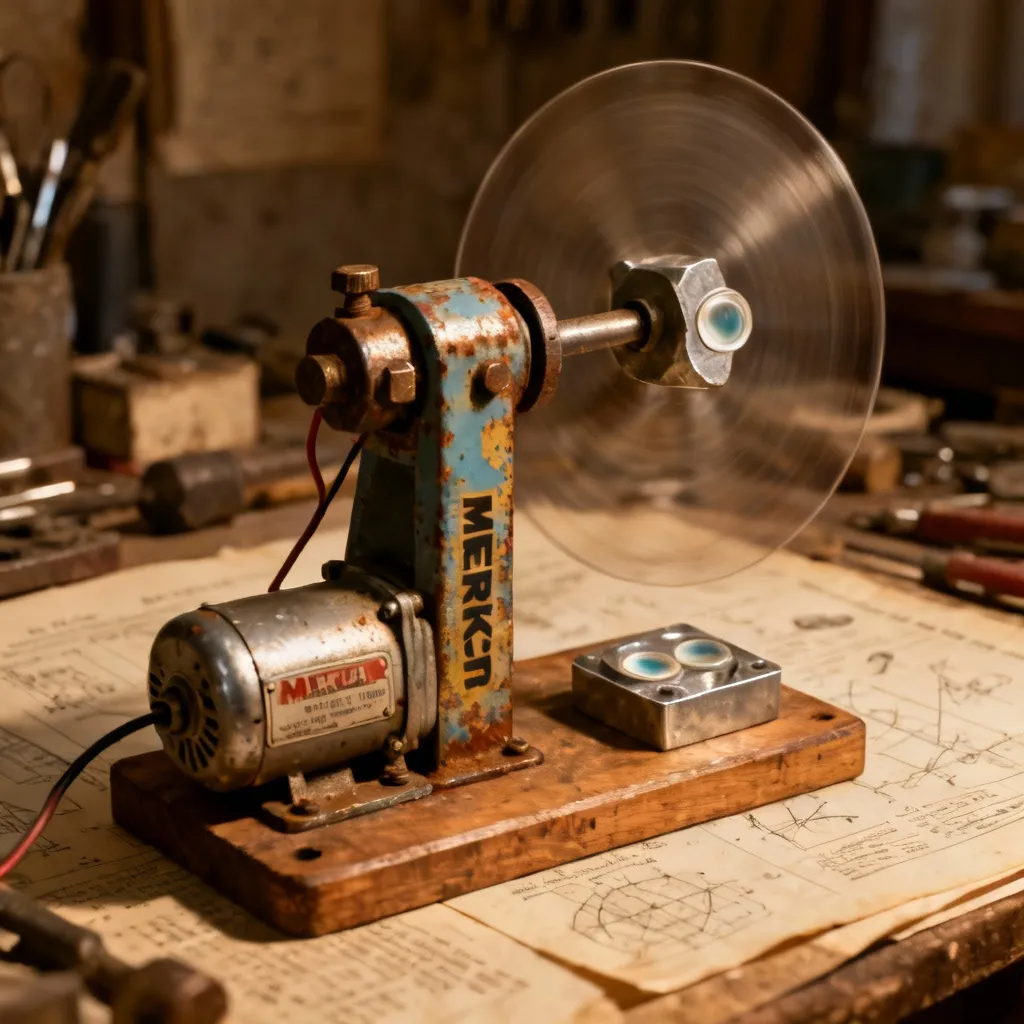Czech Ingenuity: Famous Czech Inventors and World-Changing Contributions to Science and Technology
The small nation nestled in the heart of Europe, the Czech Republic—or more broadly, the historical Bohemian and Moravian lands—has consistently punched above its weight in global science and technology. Often overshadowed by larger neighbors, this country has produced a long line of extraordinary thinkers who left an indelible mark on medicine, chemistry, and modern engineering. Their profound insights and persistent curiosity led to breakthroughs that continue to shape our daily lives, from the sight we take for granted to the complex technology underpinning robotics.
These famous Czech inventors embody a powerful spirit of ingenuity and dedication, often achieving monumental feats under difficult political circumstances. By exploring the stories of these brilliant pioneers, we uncover a rich, underestimated historical role in global scientific progress. This legacy confirms the Czech lands as a significant, quiet engine of innovation, proving that revolutionary ideas know no geographical bounds.
Revolutionizing Vision: The Hydrogel Polymer Pioneers
Few modern conveniences have had as direct an impact on personal well-being as the soft contact lens, an innovation inextricably linked to chemist Otto Wichterle. His relentless work laid the foundation for the comfortable vision correction used by millions worldwide. The development hinged on a novel material and an entirely original method of production.
Otto Wichterle: The Father of Modern Soft Contact Lenses
Professor Otto Wichterle’s pivotal contribution was the invention of a material he dubbed pHEMA, a revolutionary hydrophilic hydrogel polymer. This transparent, water-absorbing material provided the key to manufacturing soft lenses that were both oxygen-permeable and comfortable for extended wear, moving beyond the hard, uncomfortable lenses of the past.
The DIY Home-Lab Breakthrough: Merkur and the First Lens Production
Wichterle’s true moment of ingenuity arrived on Christmas Day in 1961, following political pressure that forced him to continue his research from home after his institutional funding was cut. Using only a few household items, he constructed a rudimentary apparatus on his kitchen table to prove his centrifugal casting concept. This early prototype machine was famously built from a child’s metal construction toy, Merkur (a Czech equivalent of an Erector set), a bicycle dynamo for a motor, and a bell transformer. This humble assembly produced the first four flawless soft contact lenses.
Impact on Global Healthcare and the Hydrogel Material (pHEMA)
Wichterle’s spinning process and his unique material, Poly(2-hydroxyethyl methacrylate) or pHEMA, launched a multi-billion dollar industry that vastly improved vision correction globally. Today, the material continues to form the core basis of the most widely used soft lenses, dramatically altering optometry and providing comfortable vision to an estimated 140 million people across the world. The story serves as a powerful testament to scientific perseverance, reminding researchers that vital work can proceed, even when resources are severely limited.

Groundbreaking Discoveries in Medicine and Life Science
Czech scientists of the 19th and early 20th centuries were pivotal in laying the intellectual and experimental foundation for contemporary biological and medical science. Their foundational work transformed abstract speculation into precise, evidence-based disciplines.
Gregor Mendel: Unveiling the Laws of Inheritance (The Father of Genetics)
Working primarily in the Augustinian St. Thomas’ Abbey in Brno (in the current-day Czech Republic), the friar Gregor Mendel methodically conducted cross-breeding experiments with pea plants in the mid-1800s. The principles he discovered—namely the laws of Dominance, Segregation, and Independent Assortment—laid the undisputed groundwork for the entire field of Gregor Mendel genetics. His meticulous quantitative approach revealed how traits are passed predictably from parent to offspring, a concept so foundational it remained universally applicable to all sexually reproducing organisms.
Jan Evangelista Purkyně: The Foundations of Cell Biology and Fingerprint Classification
A true multidisciplinary pioneer, Jan Evangelista Purkyně made several seemingly disparate but critical discoveries. He is credited as one of the founding fathers of histology and cellular biology for identifying the large, branched Purkyně cells in the cerebellum and the Purkinje fibers responsible for conducting electrical impulses in the heart. Furthermore, his work in physiology extended to criminology, where he was one of the first to propose a system for the classification of human fingerprints, a method that is foundational to modern forensics.
Jan Janský: The Crucial Classification of Blood Types (A, B, AB, and O)
A psychiatrist, neurologist, and serologist, Jan Janský is another Czech medical giant whose contribution was initially overshadowed. Through his research attempting to find a correlation between psychiatric disorders and blood characteristics, Janský, completely independently, established the full four-group classification of human blood: types I, II, III, and IV, corresponding to modern Jan Janský blood types O, A, B, and AB. Though Landsteiner had discovered A, B, and O earlier, Janský was the first to document and publish the comprehensive four-group system (including AB), a finding critical for safe blood transfusions in a clinical setting. Czech and Slovak voluntary blood donors are still recognized with the Jan Janský Gold Plaque in his honor.

Defining Modern Technology and Industrial Progress
The innovative streak of the Czech lands extended beyond life sciences, dramatically accelerating industrial and analytical capabilities worldwide. Two key figures stand out for introducing fundamental tools that now power electrochemical analysis and define the very lexicon of artificial intelligence.
Jaroslav Heyrovský: Nobel Prize for Polarography (Electrochemical Analysis)
Jaroslav Heyrovský was a pioneering physical chemist who dedicated his life to electrochemistry. In 1922, he discovered the electrochemical analytical method now known as polarography. The core of the technique involved using a dropping mercury electrode to measure the current-voltage relationships in a chemical solution. This allowed scientists and industrial engineers to detect even minute concentrations of substances, providing a highly sensitive and rapid form of analysis for everything from pharmaceutical safety to industrial research. For this groundbreaking work, which ushered in a new era of analytical chemistry, Heyrovský was awarded the 1959 Polarography Nobel Prize in Chemistry.
František Křižík: Innovations in Electric Lighting and Transport
Known as the “Czech Edison,” František Křižík was a towering figure in Czech electrical engineering. His most famous contribution was the refinement of the electric arc lamp, developing a version with a magnetic regulator that vastly improved its consistency and viability for public street lighting and industrial use, helping to spread electric illumination globally in the late 19th century. Beyond illumination, Křižík also established pioneering electric tramway lines and power stations, playing a foundational role in the modern electric public transportation networks that still shape urban design.
The World's First 'Robot': How Karel Čapek Coined a Global Term (R.U.R.)
The single, most influential word to enter the 20th-century lexicon of technology may be traced back to the Czech playwright Karel Čapek. In his 1920 science fiction drama R.U.R. (Rossum's Universal Robots), Čapek introduced a breed of artificial, organic laborers that eventually rise up against humanity. Searching for a name for these new beings, he famously consulted his brother Josef, an artist, who suggested "roboti," a derivation from the old Czech word robota meaning "forced labor" or "drudgery". The immediate international success of the play, translated into thirty languages within a few years, ensured the rapid adoption of the term, establishing the invention of the word 'robot' that now defines the field of artificial intelligence and automation globally.

Conclusion: The Enduring Global Impact of Czech Ingenuity
The tapestry of Czech ingenuity is woven with threads of fundamental discovery and practical application that have dramatically improved the human condition. From the precision of chemical analysis by Jaroslav Heyrovský to the comfort of the modern vision provided by Otto Wichterle contact lenses, the output of famous Czech inventors continues to impact contemporary science and daily life. The foundational laws of Gregor Mendel genetics are still taught as the first chapter in biology textbooks globally, while Jan Janský blood types remain critical to saving lives in emergency medicine. This enduring legacy showcases a powerful commitment to science, proving that the greatest revolutions can emerge from the focused dedication of individuals, transforming philosophical concepts—such as the meaning of labor embodied in the invention of the word 'robot'—into tangible, world-changing realities.
